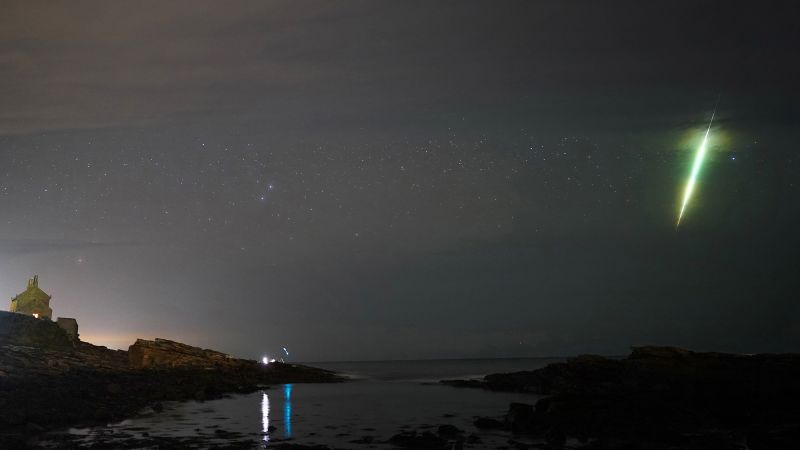Home / Science / Celestial Spectacle Awaits: Draconids and Orionids Meteor Showers Peak in October
Celestial Spectacle Awaits: Draconids and Orionids Meteor Showers Peak in October
8 Oct
Summary
- Draconid meteor shower to peak on October 12, 2025
- Orionid meteor shower expected to produce 10-20 meteors per hour
- Supermoons in November and December will also captivate sky-gazers

In October 2025, two highly anticipated meteor showers are set to grace the night skies. The Draconid meteor shower is scheduled to peak on October 12, but its visibility will be hindered by the bright supermoon that occurred just a few days prior. According to experts, the Draconids are a quick shower, with the main activity lasting only a few hours. While sky-watchers may spot the occasional slow-moving Draconid meteor, the moonlight is expected to significantly reduce the number of visible meteors.
However, the Orionids, which peak in the latter half of the month, are expected to put on a more impressive celestial display. Forecasts suggest the Orionids will produce 10 to 20 meteors per hour, and the peak will coincide with a new moon, providing ideal viewing conditions. The Orionids are known for their fast-moving, often bright meteors that can leave behind glowing trails.
In addition to the meteor showers, sky-gazers will also have the opportunity to witness two more supermoons in 2025. The Beaver Moon is set to occur on November 5, and the Cold Moon will grace the skies on December 4. These consecutive supermoon events are sure to captivate stargazers and add to the cosmic excitement of the autumn season.




